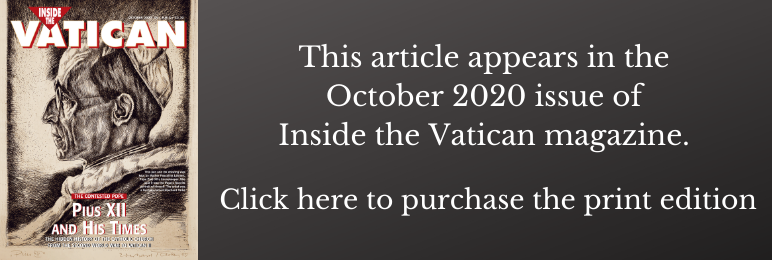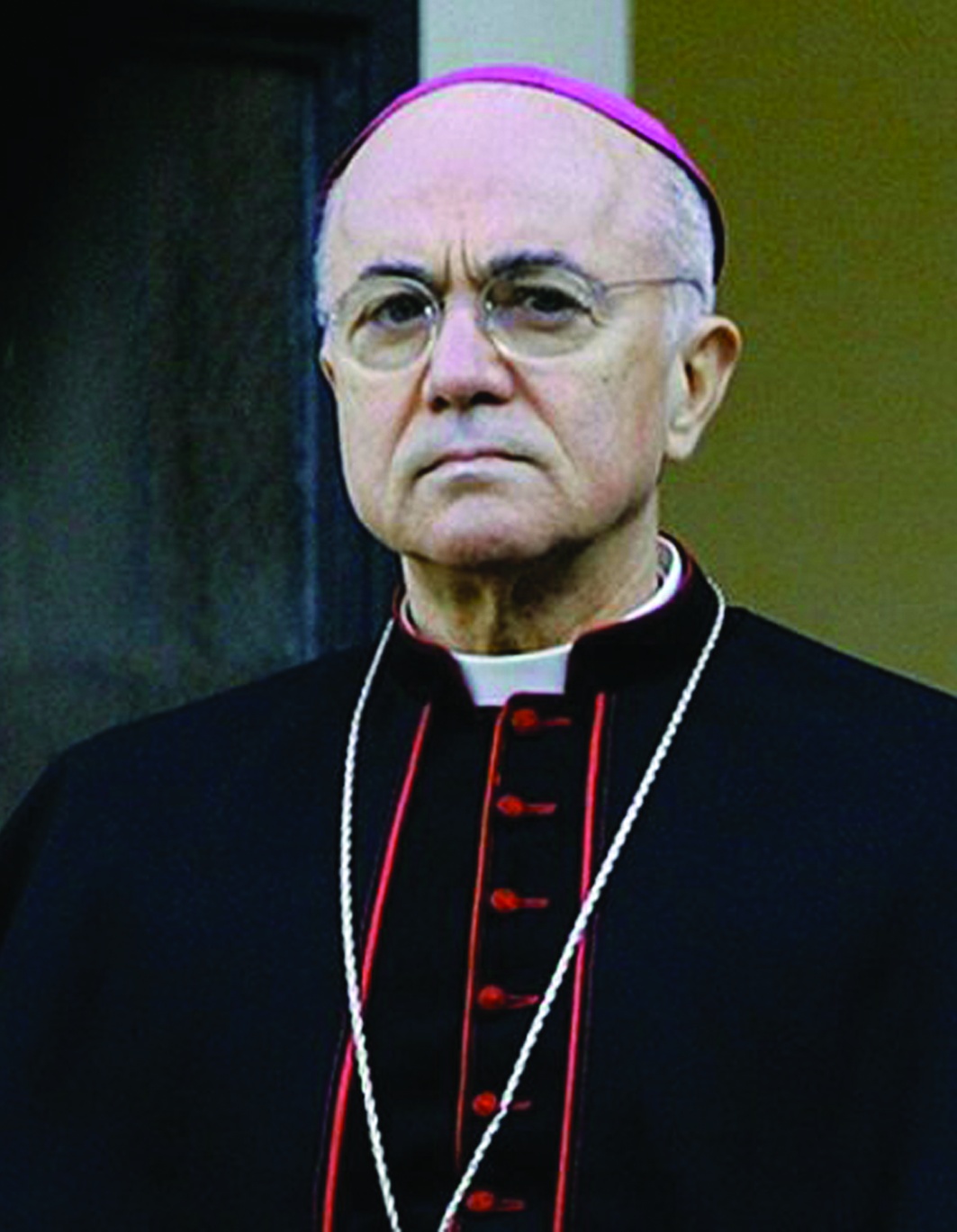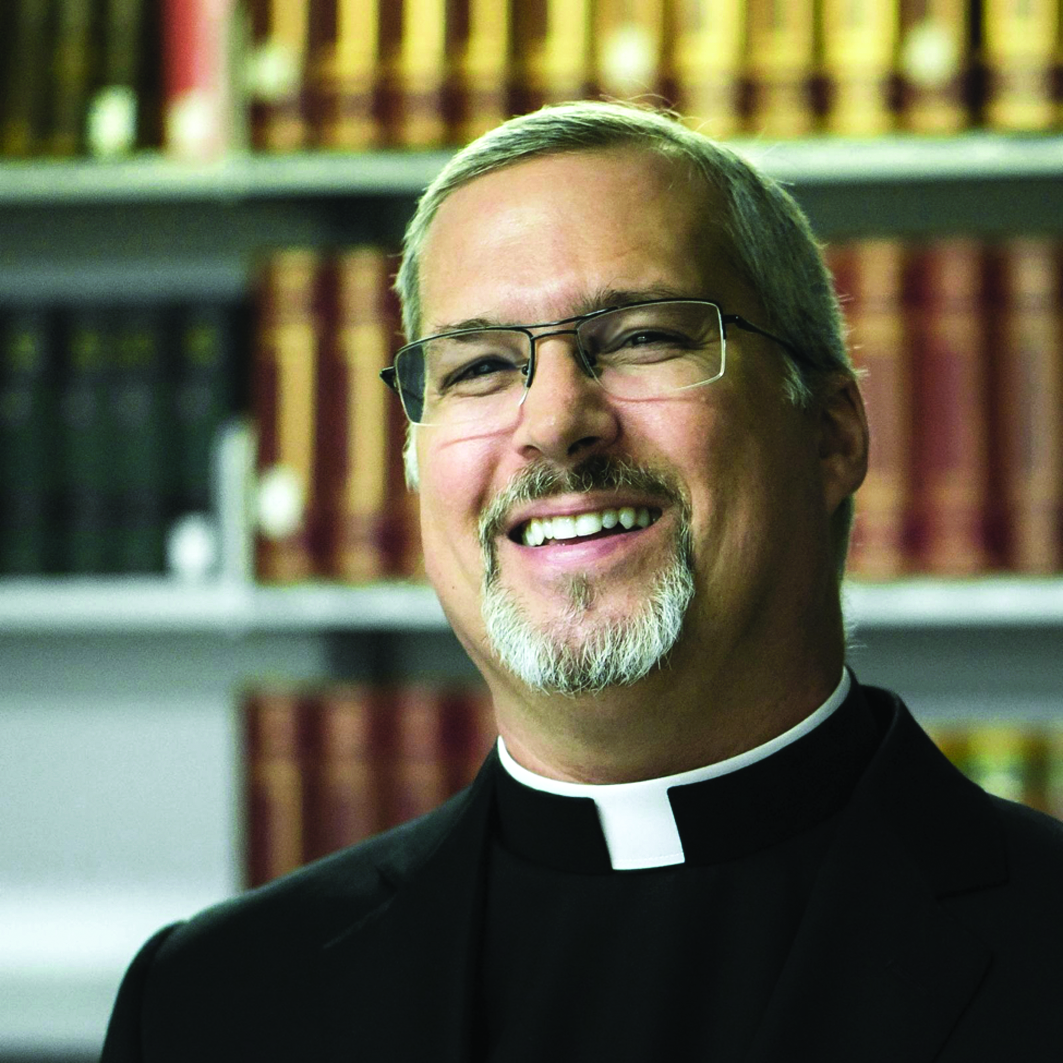By Robert Wiesner
The Circumcision of the Lord
![]() The Circumcision of Jesus is a feast rather under-celebrated by both the Western and the Eastern Churches. Even Scripture gives short shrift to the event, since it is mentioned only in Luke 2:21, one short verse in the Gospels. This is odd, because there is a tremendous significance to this feast which deserves a much closer look.
The Circumcision of Jesus is a feast rather under-celebrated by both the Western and the Eastern Churches. Even Scripture gives short shrift to the event, since it is mentioned only in Luke 2:21, one short verse in the Gospels. This is odd, because there is a tremendous significance to this feast which deserves a much closer look.
The icon of the feast is perhaps a little misleading at first glance. A priest is clearly approaching the Infant Jesus with knife poised to perform the operation on the eighth day after the Nativity. Actually, it was generally the custom that the fathers of sons would do the circumcision; therefore, it is likely that Joseph carried out this ritual, rather than a priest who, in any event, would be unlikely to be available in Bethlehem. But the presence of the priest in the icon nonetheless conveys an important point, as will become clear.
Circumcision served as the initiation into the ancestral Judaic faith, the ancient equivalent of Christian Baptism. The operation was as ancient as Abraham’s Covenant with God, a sacred act setting the Jews apart from all other nations and marking them as the special preserve of divine blessing. The custom also was to reserve the naming of a new-born son until this ritual on the eighth day. On that momentous occasion, the spiritual life of a male Jew began, prefiguring to some extent the celebration of the Resurrection on the day after God rested from Creation. The eighth day represents a new creation, a creation transcending and fulfilling the first forming of the world, a re-Creation of a new universe healed from the disfiguring effects of Adam’s sin.
Of course, there was blood shed during circumcision. This was the first shedding of the blood of the Messiah, in fulfillment of the ancient covenant formed with Abraham. Jesus was fully initiated into the Old Covenant, a necessary step in His mission to renew and fulfill God’s relationship with humanity. He was, as St. Paul points out, born under the Law, the precepts of Torah, and thus a bearer Himself of God’s promise to redeem Creation. The priest in the icon, however historically inaccurate he might be, is a representative of the Old Law, a witness to the inauguration of a new era. His order will become obsolete, but he does represent the passing of a torch, so to speak, a final act of the Levitical priesthood before being replaced by the new priesthood in the order of Melchisedek, a priesthood of kings.
Some 30 years after His circumcision, Jesus submits to the Baptism of John. The kings of Israel were always anointed to their post by a priest.
John was himself a Levite, the son of a priest, and thus qualified to initiate Jesus into the kingly state, another step in the progression toward a new covenant.
Kings in Israel were also qualified to exercise some priestly functions; witness David dancing before the Ark wearing the ephod, a priestly garment. A baptism of repentance was not necessary for the Sinless One Himself, but He assumed the burden of all humanity’s sin. He took the place of the scapegoat, sacrificed each year to atone for the sins of Israel. Jesus Himself referred to His coming crucifixion as a baptism, another initiation. This second shedding of His blood inaugurated the new and everlasting covenant, not just with the Jews, but with all humanity. His blood shed as initiation into the Old Law served as well as the initiation into the new dispensation, thus completing the transition from Old Law to New.






Facebook Comments